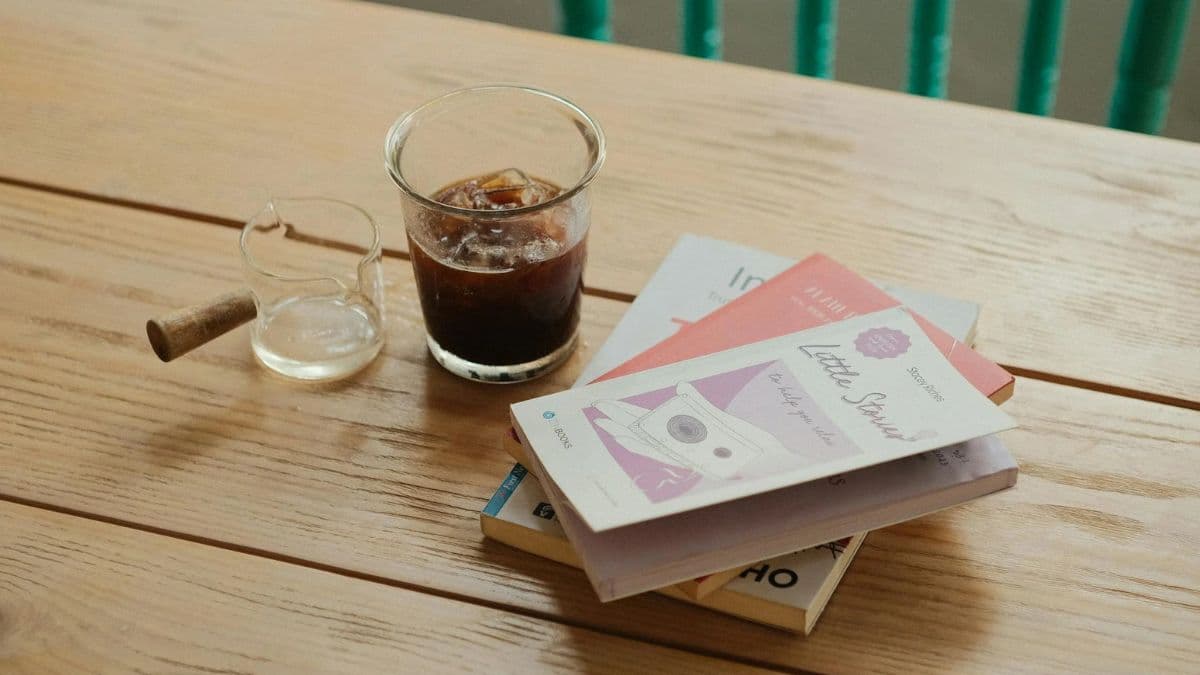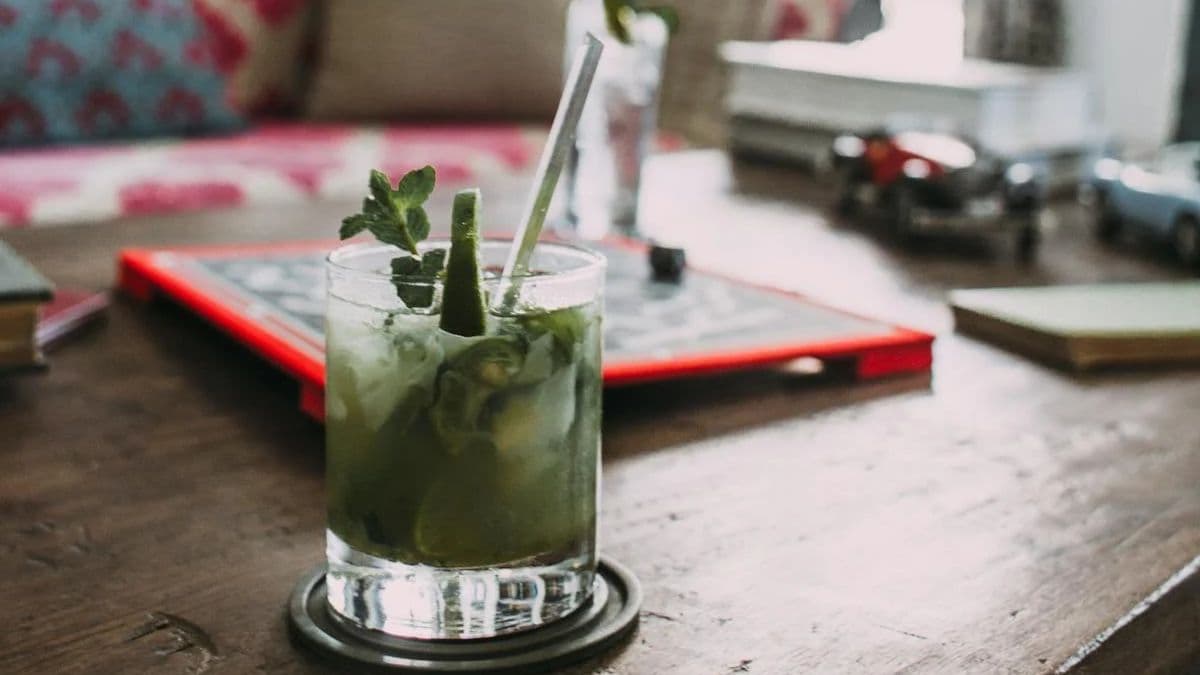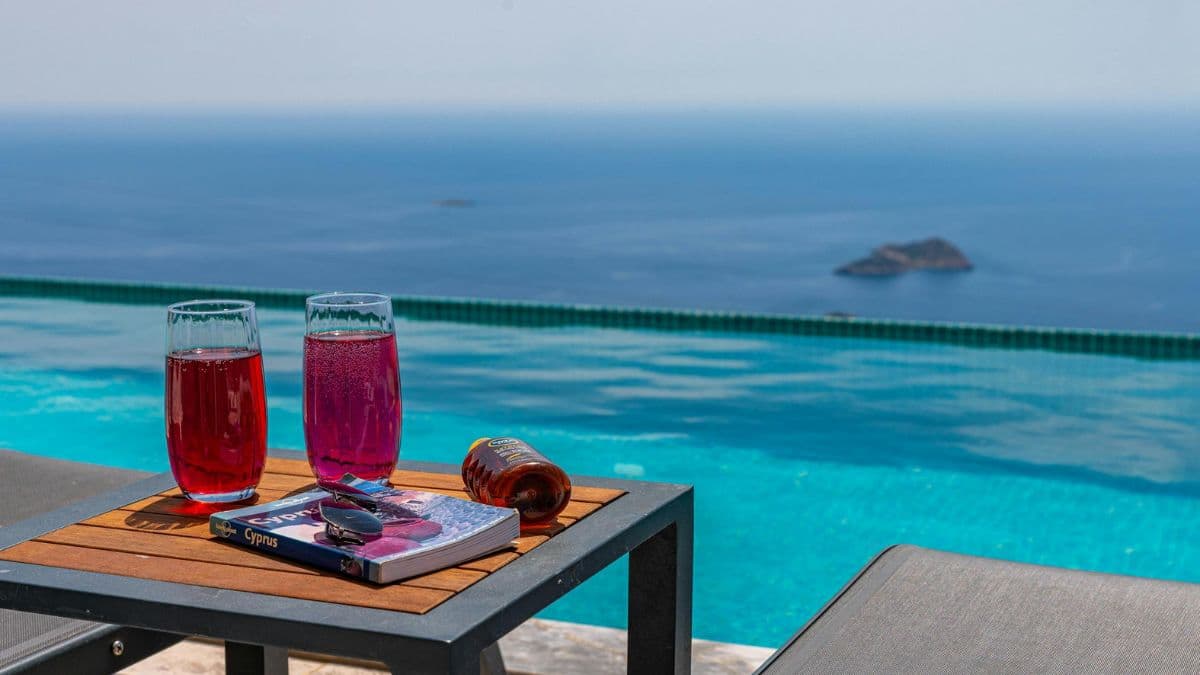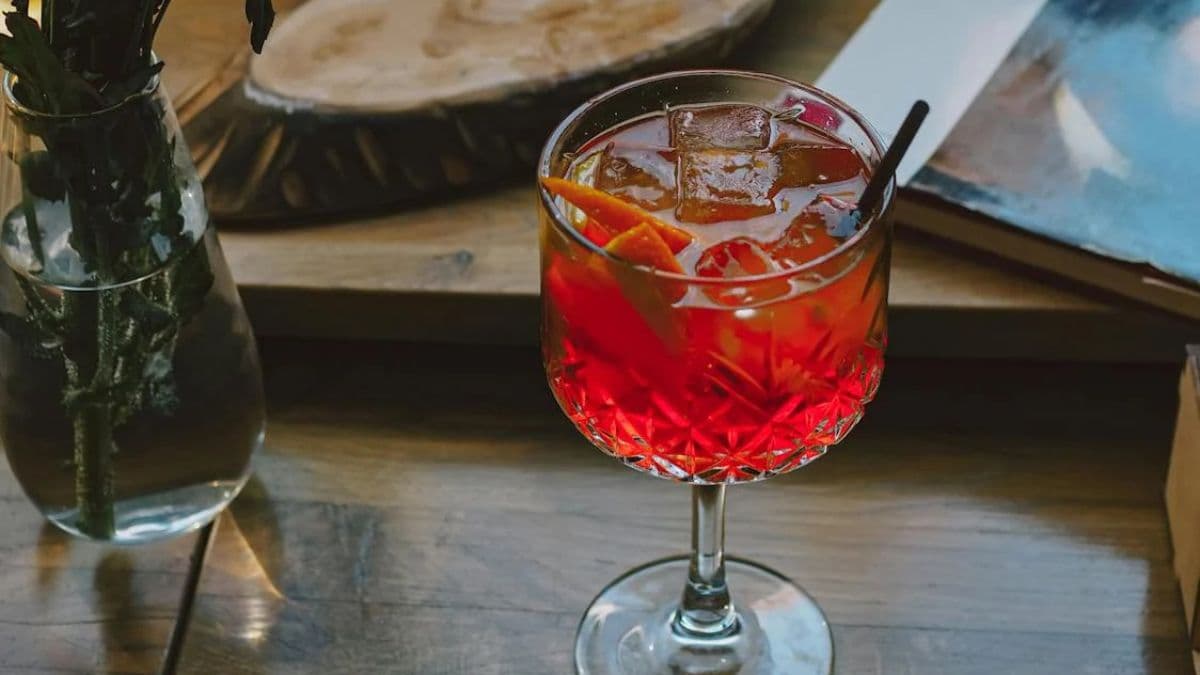Mixing Metaphors: How Literary Associations Made Me Curious About Mixology
Curled up with a book on a rainy afternoon, with a warm hot toddy in hand, to craft a picture perfect moment – that’s probably one of my favourite poses. So, when it comes to my curiosity about cocktails and mixing drinks, it is no surprise that it was first sparked when I met these cocktail blends in the pages of many interesting novels. Some of my most favourite characters were depicted opting for several mixes ranging from a martini cocktail to a mint julep to a brandy alexander.
Studying literature in college, mesmerised by the stories of loss, longing and everlasting love, what remained at the back of the mind were these drinks which so often seemed to become crucial to the mise en scène being described in these narratives.

For instance, the little beads of condensation appearing on the mint julep glass which F Scott Fitzgerlad’s iconic Jay Gatsby held in his hand made me wonder what exactly goes into this cocktail and why after all, it is the go-to as a symbol of gentility and civility.
In fact, the mint julep appears at such a tense, emotional scene that I was quite intrigued by how the author recognised the potential of its aesthetic presence as prominent enough to make it integral to that moment when Jay and Daisy face each other. Such a curiosity led me to exploring all about bourbon-making in the American south and the composition of a cocktail which uses this spirit as its base.

Moreover, encountering cocktails in books became an entrypoint to understanding the craft and asking questions like what’s the difference between shaking and stirring a martini cocktail and why does the famed British spy prefer the former? What does it mean to use a jigger? What exactly is the golden ratio? And one of the more pressing ones being: what really is vermouth?
Literary References
These and many more references to cocktails within literary realms, right from The Bell Jar in which Sylvia Plath’s lead character attempts to taste vodka to the moment when she tries the brandy alexander, mixology remained one of the major markers of several classic American writings.

I distinctly remember encountering absinthe in The Sun Also Rises. It almost becomes a symbol for detachment, a motif to mark the Lost Generation in the wake of war even as it professes a bohemian charm that would make one feel at ease amidst chaos. The sharp green of the absinthe became a prominent colour which stayed in my mind as a form of expression – of more than just a drink being had by a character but about what it tried to say about a generation ravaged by devastating conflict.
Cocktails As Mood Determinants
And one of the finest and most profound influences of the mentions of cocktails in books has of course been the ambience they create. To this day, I try to go for drinks which suit the vibe of a place, the conversations being had and what the cocktail itself can bring to the table. What’s more, at the home bar, whenever I turn into a mixologist, this curiosity works itself in reverse so that the cocktails I make now many times determine the books I will read with them.

A classic negroni which spells a slightly noir moment calls for a collection of the macabre, like dark stories of Mary Shelley or Edgar Allen Poe, but a piña colada on a summertime evening spells a bit of cheer which would make me want to turn to the slightly happy endings that Jane Austen bestows upon her ‘prideful and prejudiced’ characters.
Modern contraptions like smoked drinks or grilled fruit garnishes became trending alternatives which are a call to mystery and intrigue found so often in contemporary literature too, be it Lucy Foley’s dramatic whodunnits or cute romances of Beth O’Leary’s The Flatshare.

Crafting cocktails, as a result of this literary exercise, has now become something intentional for me. Because I continue to associate drinks with the drama and theatricality of literature, they often become a story in themselves as I discover the latest cocktail-making trends which can be traced back to such literary references. Mixology transforms into something more, something deeper, almost a way to narrativise an incident, an emotion or a fleeting thought.
Also Read: Trifle-Inspired Layered Cocktails: Mixing Dessert With Mixology
Drink Responsibly. This communication is for audiences above the age of 25.




